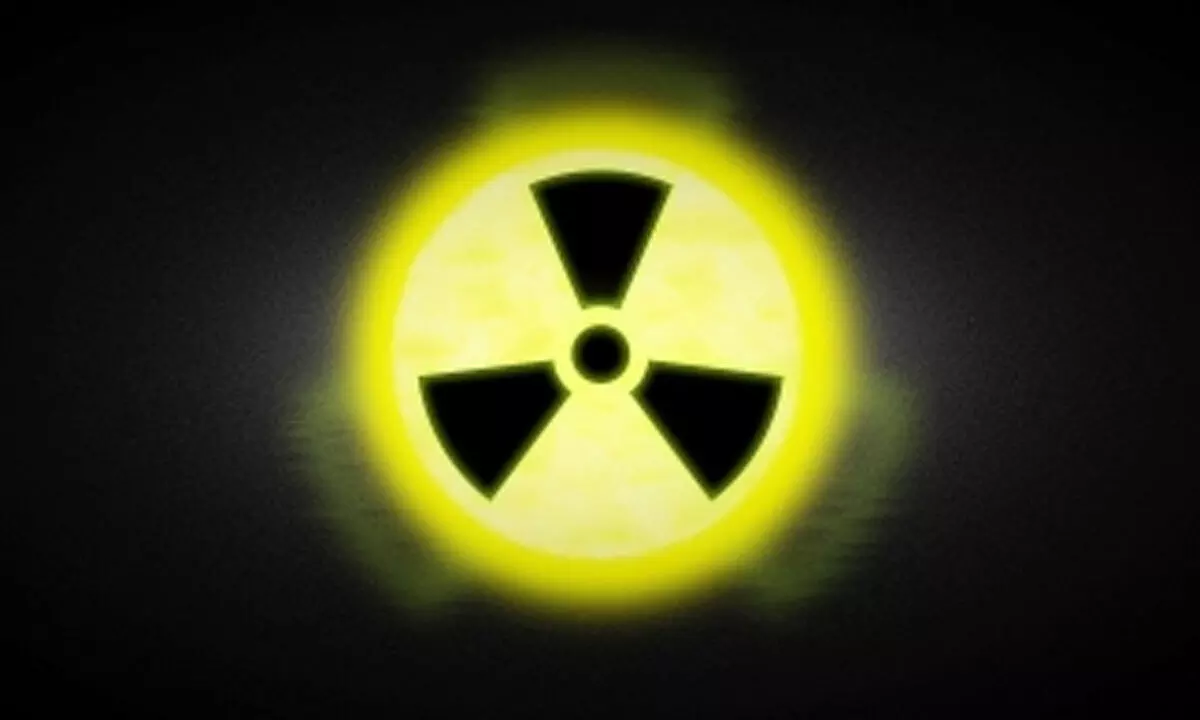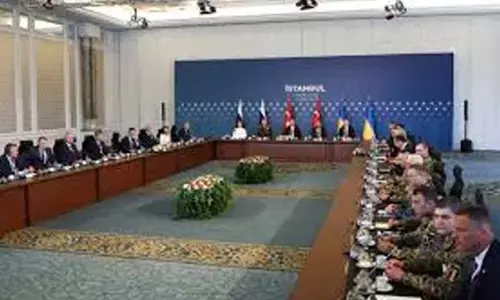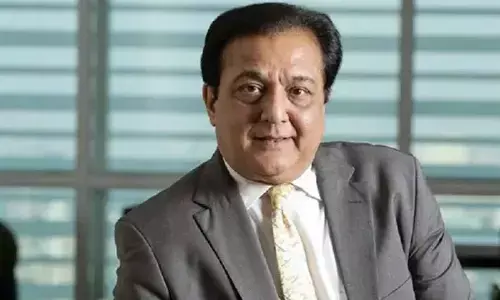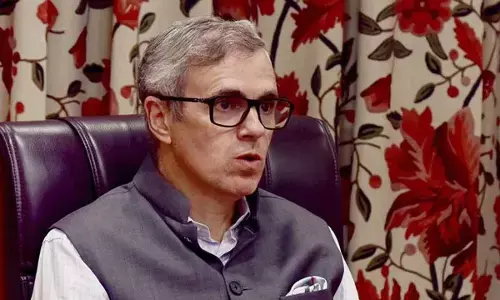IIT Madras, European scientists explore new reactions to radiation
Share :

Scientists at the Indian Institute of Technology (IIT) Madras have collaborated with their counterparts in Europe to investigate hitherto unforeseen secondary reactions that are induced by energetic radiation.
Chenna: Scientists at the Indian Institute of Technology (IIT) Madras have collaborated with their counterparts in Europe to investigate hitherto unforeseen secondary reactions that are induced by energetic radiation.
The research teams including from Denmark, Germany and the Indian Institute of Science Education and Research (IISER), Pune, emphasised the potential significance of the findings in advancing radiotherapies and understanding fundamental interactions at the molecular level.
When materials are exposed to radiation, additional chemical, nuclear, or biological processes are triggered by the initial interaction of high-energy radiation with matter. These secondary reactions can result in the formation of reactive species, such as free radicals, which may further interact with surrounding molecules, leading to a cascade of molecular transformations.
Understanding these secondary reactions is crucial in various fields, including radiation therapy in medicine and radiation protection in nuclear environments, as they play a significant role in determining the overall impact of energetic radiation on biological and chemical systems, said the researchers in the paper published in Physical Review Letters of the American Physical Society as well as Nature Chemistry.
The focus of the inter-institutional study was to understand and potentially control these reactions.
The team analysed the ionisation mechanisms of a model condensed-phase system -- nanometre-sized droplets of helium (He) -- when exposed to extreme ultraviolet (XUV) radiation.
The experiments, conducted at the Synchrotron radiation facility Elettra Trieste, Italy, involved a mobile helium droplet apparatus attached to an electron-ion coincidence velocity-map imaging (VMI) spectrometer.
Utilising the straightforward atomic structure of the helium atom, the researchers successfully identified primary and secondary ionisation processes. Notably, they discovered that both elastic and inelastic electron collisions at helium atoms in the droplets efficiently triggered further ionisations through Interatomic Coulombic Decay (ICD).
ICD is the decay of an electronically excited atom or molecule, by transferring its excess energy to a neighbouring atom or molecule. An interesting aspect of their findings was the identification of an indirect ICD process.
Unlike other instances directly induced by XUV radiation, this process occurs through electrons emitted during primary irradiation.
The researchers found that this new type of indirect ICD is a slow process involving various steps, including photoionisation, multiple elastic e-helium scattering, and electronic relaxation leading to the ejection of excited helium atoms.
These findings show the complexities of ionisation processes, with potential implications for advancing radiotherapies and understanding fundamental interactions at the molecular level.
"Although the study used helium nanodroplets as the model, we believe that this indirect ICD process plays a crucial role in all condensed-phase media subjected to ionising radiation," said Dr Sivarama Krishnan, Associate Professor, Department of Physics, IIT Madras.
"Particularly in molecular systems like liquid water, where electronically excited states form through electron-ion recombination, understanding these processes is important for advancing knowledge in fields such as water ice characteristics," he added.

















